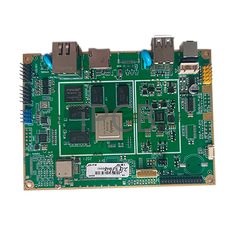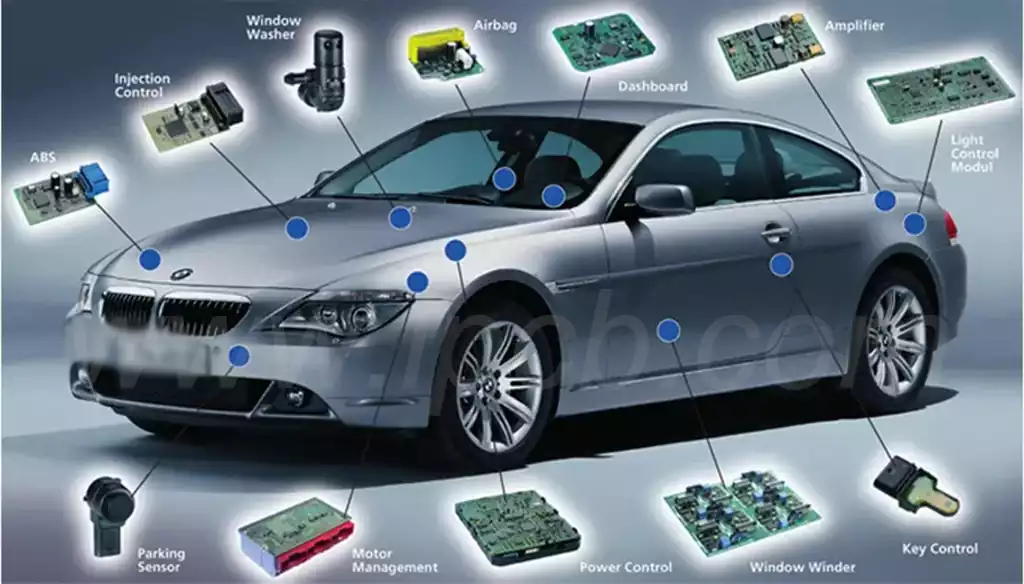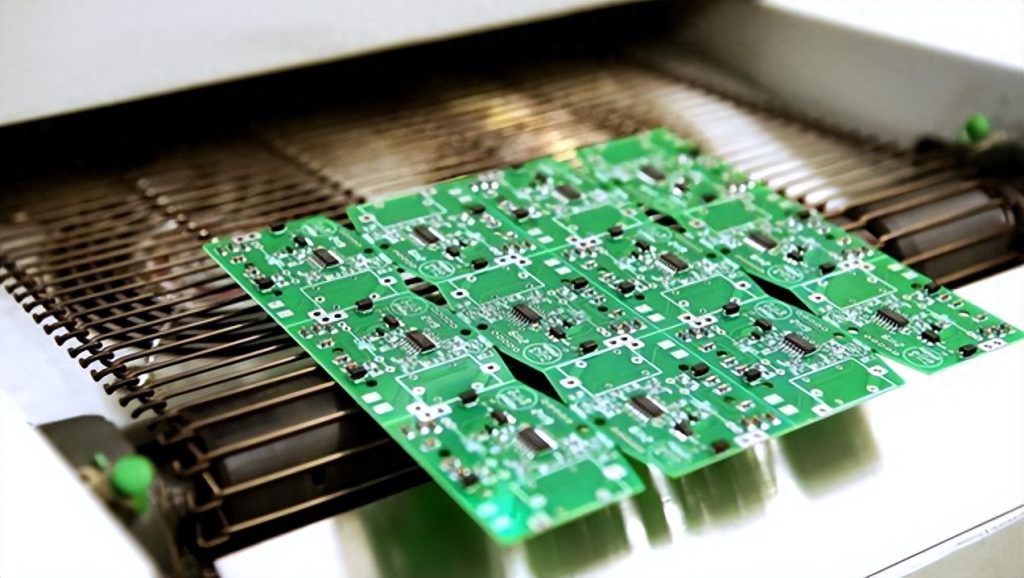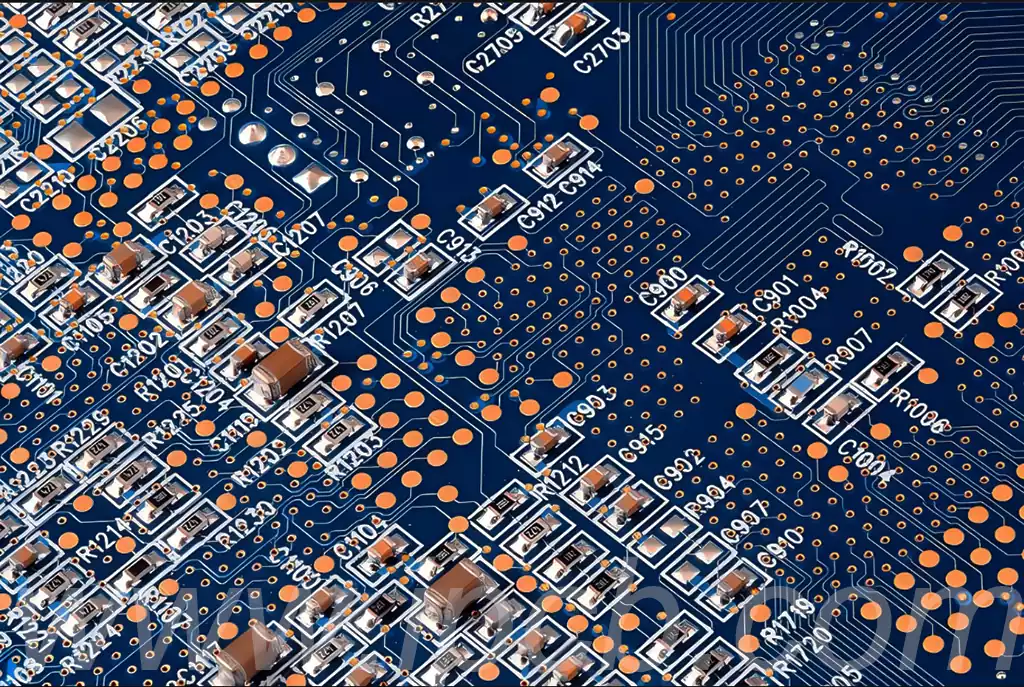In the ongoing advancement of artificial intelligence technology, the development trajectory of chips—as the critical hardware foundation—has drawn significant attention. Traditional chips and AI chips exhibit distinct characteristics when addressing different computational tasks. Designed to meet the specific demands of artificial intelligence, AI chips differ markedly from traditional chips in terms of performance, design, and applications. These differences are shaping the future direction of the chip industry.
- The Performance Gap Between AI Chips and Traditional Chips
1.1 Specialised Optimisation for AI Tasks
The emergence of AI chips represents a significant adaptation within the semiconductor industry to meet the demands of artificial intelligence. Their core design philosophy centres on deep optimisation for specific AI tasks, with a primary focus on tackling the training and inference of deep learning models, as well as neural network computations. While CPUs and GPUs within the traditional chip ecosystem possess the capability to process AI tasks, they were originally designed for general-purpose computing, resulting in less than satisfactory efficiency when handling AI workloads.
AI chips employ specialised hardware architectures such as Tensor Processing Units (TPUs), which function as highly efficient tools specifically engineered for matrix operations and massively parallel computing. These operations form critical components in neural network processing, and artificial intelligence chip leverage their unique architecture to execute them rapidly. Take image recognition as an example: when processing a high-definition image containing complex scenes and numerous objects, traditional chips must analyse and extract features pixel by pixel, a laborious and time-consuming process.
In contrast, the powerful parallel computing capabilities of AI chips enable simultaneous processing of multiple pixels, allowing for rapid and accurate object recognition within images, significantly outperforming traditional chips in efficiency.AI chips also excel in tasks such as speech processing and autonomous driving, efficiently handling complex operations including speech recognition,semantic understanding, environmental perception, and decision planning for autonomous vehicles.
1.2 The Delicate Balance of Power Consumption and Efficiency
AI chips demonstrate notable prowess in balancing power consumption and efficiency. AI tasks typically involve massive computations; when processed by traditional chips, these tasks incur high power consumption, akin to a high-energy ‘ordinary machine’. Artificial intelligence chips, however, employ meticulously designed specialised circuits and highly efficient parallel computing architectures to effectively reduce power consumption, achieving a favourable equilibrium between performance and energy efficiency.
For mobile devices like smartphones, power consumption is a critical factor influencing performance gains. Smartphones equipped with artificial intelligence chips not only process AI tasks faster—such as image recognition and voice interaction—but also extend battery life. In smartphone photography optimisation, AI chips rapidly analyse scene-specific data like lighting, colour, and objects to automatically adjust capture parameters,enhancing image quality. Simultaneously, reduced power consumption prevents rapid battery depletion during extended photography sessions.Within IoT devices—such as smart sensors and wearables—strict power constraints prevail. The low-power nature of AI chips enables these devices to operate stably for extended periods on small-capacity batteries, expanding both application scope and operational lifespan.
1.3 Significant Differences in User Experience
From a user experience perspective, devices utilising artificial intelligence chips deliver smoother,more intelligent AI functionality. In smart assistant scenarios, traditional chips may exhibit response delays or inaccurate comprehension,whereas artificial intelligence chips swiftly and accurately interpret voice commands with prompt feedback.For instance,when queried about the weather,an artificial intelligence chip rapidly retrieves precise information from vast datasets and provides natural,fluent responses.
For photographic optimisation,AI chips perform real-time scene analysis, automatically adjusting exposure, focus, and white balance parameters. This enables effortless capture of high-quality images, enhancing brightness and clarity even in low-light conditions while reducing noise. In speech recognition scenarios, AI chips swiftly and accurately identify user voice content, maintaining high recognition accuracy even in noisy environments. Compared to similarly priced products using traditional chips, devices with artificial intelligence chips demonstrate superior responsiveness, intelligence, and power consumption optimisation, delivering a superior user experience.
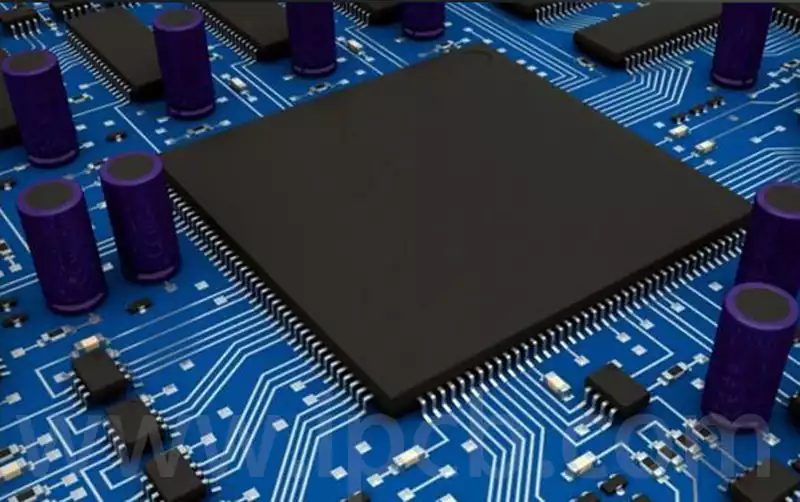
- Design and Production: Coexisting Differences and Potential
2.1 Specialised Architecture: Tailored for AI Tasks
Traditional chips such as CPUs adhere to the von Neumann architecture design, performing well in general computing tasks but struggling when handling AI tasks involving large-scale parallel computing. AI chips, however, are specifically engineered for massively parallel computing.They employ novel architectures such as Tensor Processing Units (TPUs) and Neural Processing Units (NPUs), functioning as ‘specialised keys’ for AI tasks.
AI chips concentrate substantial computational resources on specific AI operations, such as matrix multiplication and convolution operations, achieving highly efficient acceleration for these tasks. In matrix multiplication,AI chips process multiple matrix elements concurrently through parallel computing,reducing computation time. Simultaneously,they optimise data transfer pathways to minimise bottlenecks and enhance overall computational efficiency.For instance, certain AI chips employ in-memory computing technology,tightly integrating computational and storage units to decrease data transfer time and boost processing speed.
2.2 Process Technology and Hardware Resources: Coexisting Challenges and Opportunities
From a manufacturing perspective, both AI and traditional chips rely on advanced semiconductor processes. Global leaders like TSMC and Samsung dominate AI chip production, meaning AI chips face identical technical challenges to conventional chips regarding process technology – namely, shrinking transistor dimensions to enhance computational power. As transistors miniaturise, quantum effects and leakage currents become increasingly problematic, complicating chip fabrication.
However, AI chip design can compensate for process gaps by optimising hardware resource allocation. For instance, AI chips may employ larger computational units tailored to specific AI tasks, reducing reliance on cutting-edge processes. This design approach presents development opportunities for nations like China, where chip manufacturing capabilities are relatively less advanced. By intensifying R&D investment in chip design, China can develop architectures better suited to particular AI tasks and secure a foothold in the AI chip market.
2.3 The Potential for Independent AI Chip Development: A Strategic Opportunity for China
From a design perspective, independent AI chip development presents a strategic opportunity for China. While lagging behind international giants in traditional chip manufacturing, China can leverage design innovation to partially bridge technological gaps in AI chips. Chinese enterprises like Huawei have made progress in AI chip design, with their self-developed Ascend series demonstrating robust performance across multiple domains.
The Ascend series employs proprietary architectures and algorithms, deeply optimised for AI tasks, offering advantages such as high computational power and low power consumption. In intelligent security applications, Ascend chips rapidly process vast video datasets to enable real-time target detection and behavioural analysis, elevating the intelligence of security systems. Future advancements in China’s AI chip development can enhance performance by refining design capabilities and optimising architectures to meet specific AI task requirements. Concurrently, China can strengthen collaborations with universities and research institutions to cultivate chip design talent, thereby safeguarding independent R&D efforts.
- AI Chips: Bright Prospects, Challenges Remain
3.1 Potential Market Applications: Intelligent Upgrades Across Multiple Sectors
AI chips boast extensive applications, supporting intelligent upgrades across numerous sectors. Beyond mobile phones, significant demand exists in autonomous driving, smart homes, medical imaging analysis, and other fields.
In autonomous driving, AI chips serve as the vehicle’s ‘central brain’, requiring real-time processing of data from multiple sensors including cameras, radar, and lidar to enable environmental perception, decision planning, and motion control. For instance, Tesla’s autonomous driving system utilises its proprietary AI chip to rapidly and accurately identify road information and make sound decisions, thereby achieving self-driving capability. Within smart home ecosystems, AI chips enable intelligent control of household appliances. Users can effortlessly manage devices via voice commands or mobile applications, achieving home automation and intelligence. In medical imaging analysis, AI chips rapidly and accurately interpret X-rays, CT scans, and MRIs, aiding physicians in precise disease diagnosis. Certain AI medical imaging systems can analyse vast volumes of data within minutes, identifying potential pathologies to assist clinical decision-making.
With the advancement of emerging technologies like 5G and the Internet of Things, the efficient processing capabilities of AI chips will further elevate the intelligence of devices. Smartphones will feature more powerful AI functionalities, such as real-time translation, intelligent photography, and virtual assistants; autonomous vehicles will become safer and more reliable, achieving higher levels of automated driving; and smart home devices will grow smarter and more convenient, offering users a more comfortable living experience.
3.2 Technical Challenges: Dual Tests of Process and Ecosystem
Despite promising prospects, AI chip development faces challenges. The foremost is process limitations. While AI chip architectures can partially compensate for process gaps, advanced manufacturing processes remain crucial for enhancing chip performance. As AI tasks grow more complex and data volumes increase, demands on chip computational power and power consumption rise. This necessitates continuously shrinking transistor sizes and enhancing chip integration to meet future AI development needs. However, current chip manufacturing processes are approaching physical limits, presenting technical hurdles for further transistor miniaturisation.
Secondly, AI chip applications require robust software ecosystem support. To fully realise AI chip potential, corresponding algorithms, programming frameworks, and toolchains must evolve in tandem. Presently, the AI chip software ecosystem remains underdeveloped, lacking unified standards and specifications. Different chip manufacturers employ disparate programming frameworks and toolchains, creating confusion for developers and increasing development costs and complexity. Consequently, enterprises must pursue collaborative innovation across both software and hardware domains to advance the AI chip software ecosystem. For instance, chip manufacturers could partner with software developers to jointly create algorithms and programming frameworks optimised for AI chips, thereby enhancing development efficiency and software performance.
3.3 China’s Opportunities and Challenges: Forging Ahead to Achieve Breakthroughs
For China, AI chips present an opportunity for advancement within the global semiconductor market. The nation possesses certain advantages in AI technology, backed by a vast domestic market and abundant talent resources. By strengthening chip design capabilities and leveraging its AI technological strengths, China stands poised to make progress in the AI chip sector.
However, to realise this ambition, China must continue striving in manufacturing processes, design innovation, and ecosystem development. Regarding manufacturing processes, China needs to increase investment in R&D for chip manufacturing equipment, enhance independent innovation capabilities, overcome foreign technological barriers, and gradually achieve self-reliance and control in chip production. In design innovation, China must strengthen industry-academia-research collaboration, encourage enterprises to increase R&D investment, cultivate chip design talent, and elevate chip design standards. Regarding ecosystem development, China must strengthen industry standardisation, promote unified specifications for AI chip software ecosystems, and attract more developers to participate in chip development. Only through sustained effort can China secure a position in the chip sector and transition from a major chip producer to a leading chip powerhouse.
The prospects for AI chip development are vast, yet challenges remain. Should China seize these opportunities and persistently advance in manufacturing, design, and ecosystem development, it stands to gain a competitive edge in the global chip arena and propel industry progress.
